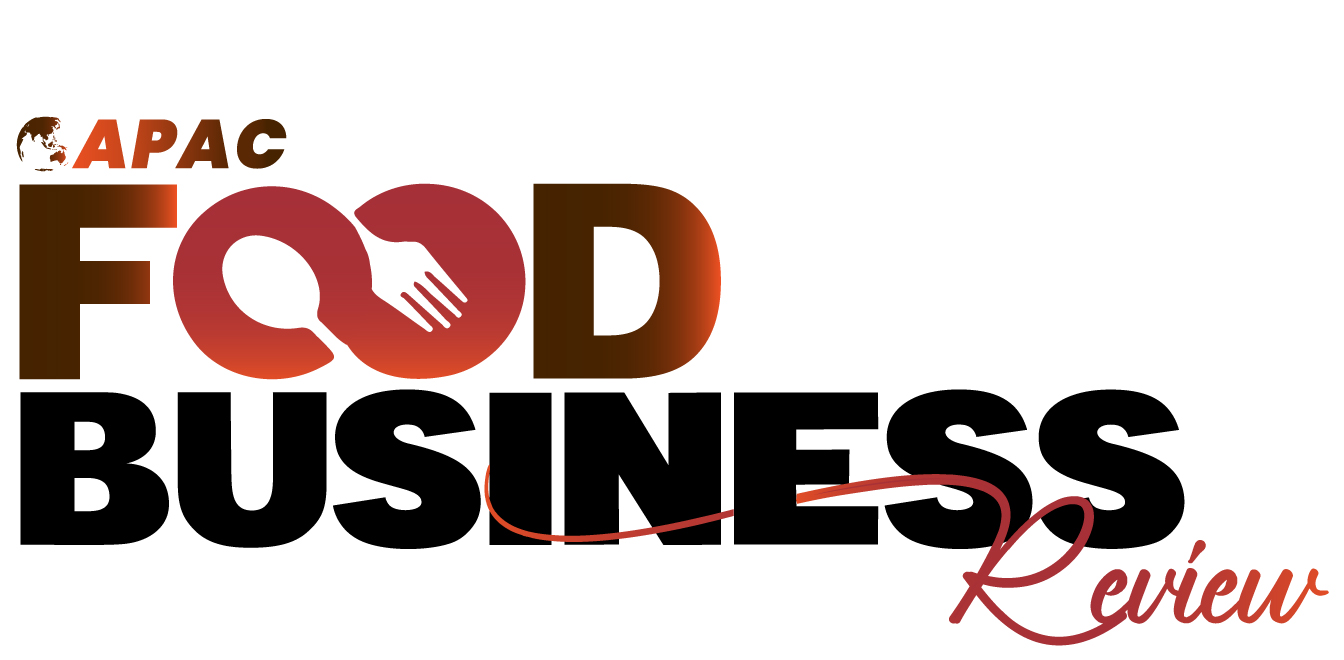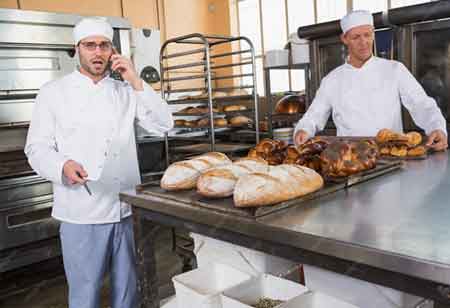Thank you for Subscribing to Food Business Review Weekly Brief
Latin America's Role in Global Food Logistics
Optimizing cold chain logistics is essential for ensuring food quality and safety, particularly for perishable items like seafood and baking ingredients, through temperature control and innovative practices.

By
Food Business Review | Wednesday, October 15, 2025
Stay ahead of the industry with exclusive feature stories on the top companies, expert insights and the latest news delivered straight to your inbox. Subscribe today.

Fremont, CA: Maintaining product quality from source to consumer is paramount in the food industry, especially when dealing with perishable items. The efficacy of cold chain logistics directly impacts freshness, safety, and ultimately, consumer satisfaction. While specific needs may vary across different food sectors, there are foundational best practices and innovative approaches that unite successful cold chain management, as exemplified by sectors ranging from seafood production to baking ingredient supply.
Tailored Cold Chain Strategies for Perishable and Semi-Perishable Goods
Optimizing cold chain logistics revolves around the control of environmental conditions, primarily temperature. For highly perishable goods like seafood, an unbroken cold chain is non-negotiable. This often begins immediately after harvest or processing, where rapid chilling and freezing techniques are employed to lock in freshness. Specialized containers and transport vehicles equipped with advanced refrigeration systems are crucial for maintaining precise temperature ranges throughout transit, whether by land, air, or sea. Quality assurance protocols are integrated at every transfer point, utilizing sensors and real-time monitoring to ensure compliance and identify any potential deviations. The goal is to minimize temperature fluctuations that could compromise texture, flavor, and shelf life.
Conversely, while baking and pastry ingredients may exhibit varying degrees of perishability, many still require controlled environments to preserve their functional properties and extend their usability. Ingredients such as certain dairy products, fruit purées, or specialized leavening agents benefit significantly from a well-managed cold chain. Here, the emphasis might shift slightly from deep freezing to consistent refrigeration, preventing spoilage and maintaining ingredient integrity. The logistical considerations often involve segregated storage within temperature-controlled warehouses and careful scheduling to prevent exposure to ambient temperatures during loading and unloading. The packaging itself plays a vital role, acting as a buffer against external conditions and further safeguarding product quality.
Best Practices: Temperature Integrity Across Sectors
Comparing the logistical needs of these distinct sectors reveals both commonalities and nuanced differences. Seafood logistics often demand tighter temperature control, frequently below freezing, and rapid transit times to preserve peak freshness. The distribution networks are designed to be highly efficient, minimizing dwell times at each stage. For baking ingredients, while consistent temperature is still key, the acceptable range might be slightly broader for some items. The primary concern is often preventing degradation of specific chemical properties or microbial growth rather than immediate spoilage. However, both sectors share the imperative for stringent sanitation practices throughout the cold chain to prevent cross-contamination and ensure food safety.
The role of specialized service companies in optimizing these cold chains, particularly in a region like Latin America, is indispensable. These partners bring expertise in temperature-controlled warehousing, refrigerated transport, and sophisticated logistics planning. They often invest in cutting-edge technologies, such as IoT-enabled temperature sensors, GPS tracking, and advanced inventory management systems, which provide real-time visibility and actionable data. This allows for proactive adjustments and ensures continuous monitoring of environmental conditions.
By leveraging these partnerships, food producers can offload the complexities of cold chain management, benefiting from economies of scale, specialized equipment, and a deep understanding of regulatory compliance. These service providers act as an extension of the producer's quality assurance team, ensuring that products arrive at their destination in optimal condition, thereby safeguarding brand reputation and fostering consumer trust. Through seamless collaboration and continuous information flow, these partnerships are instrumental in delivering freshness, efficiency, and compliance across diverse and demanding food supply chains.






